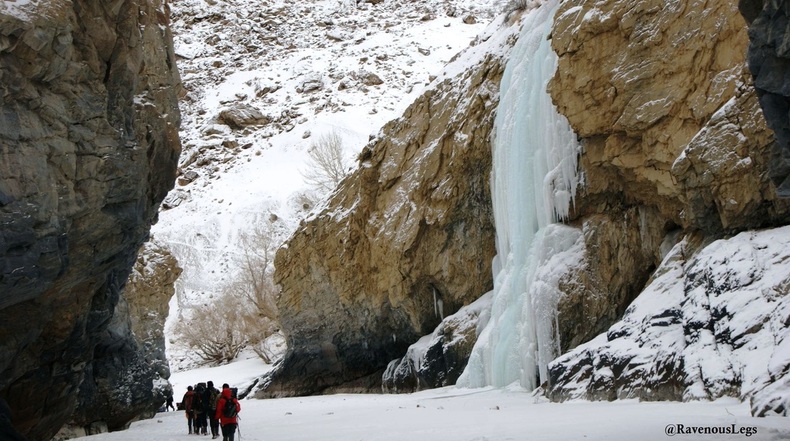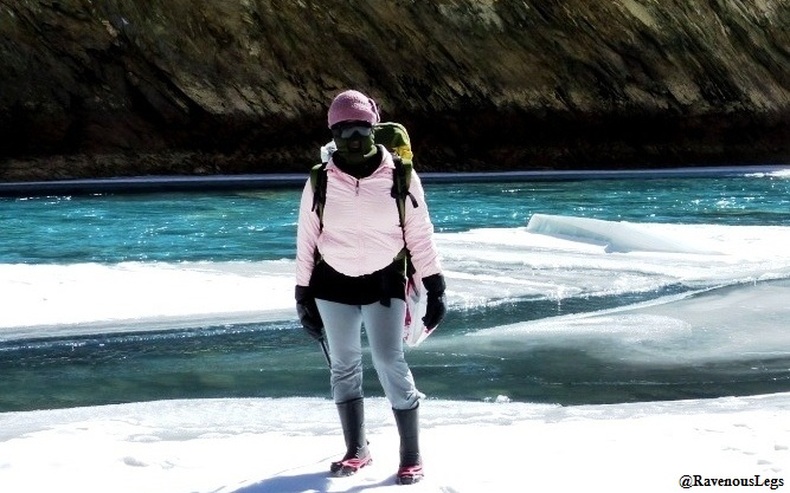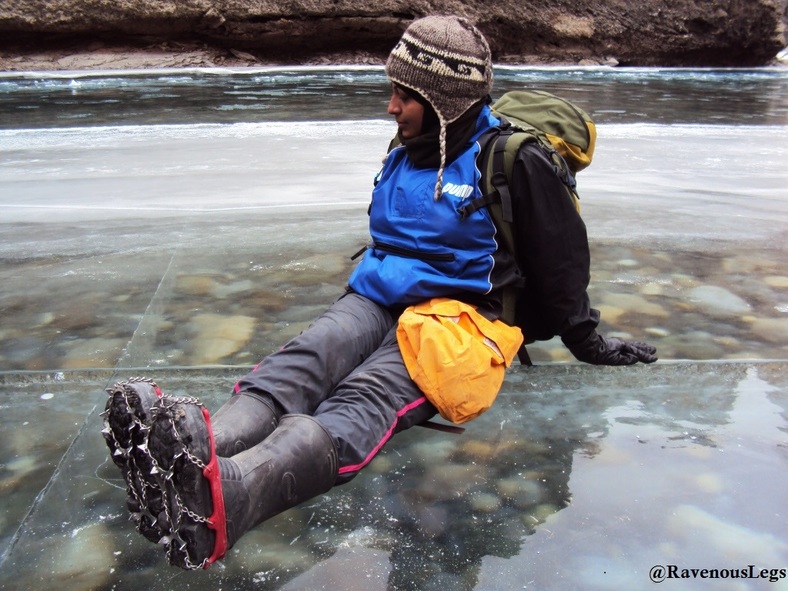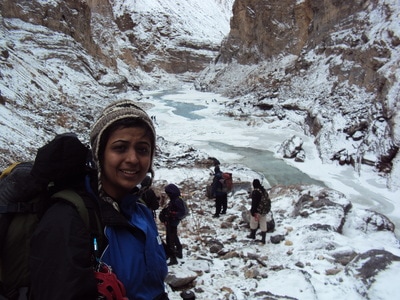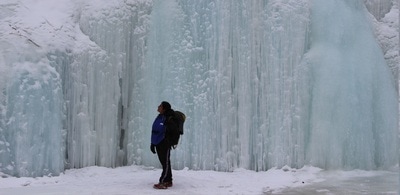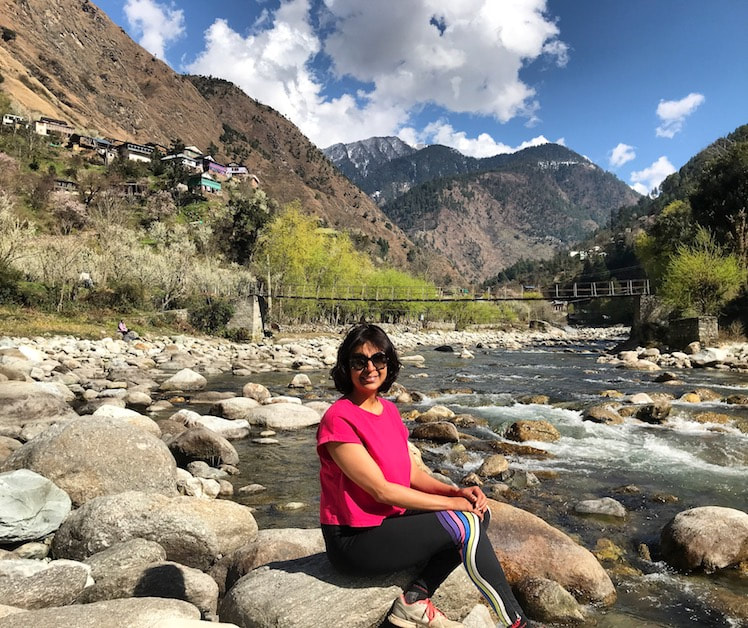How to prepare for Chadar Forzen River Trek in Ladakh
Chadar Trek - Frozen River Trek in Ladakh is one of the most glamorous treks in the world. It is considered to be extremely difficult because you have to trek on the frozen Zanskar river in winter when the temperature ranges between -15°C and -30°C.
Though the walk is simple, with no ascend, this trek brings it's own set of difficulties. The temperatures are beyond human tolerance. The ice on the river forms and breaks without any notice and in the worst case scenarios an alternate route through the snow-covered steep rocks has to be trailed through. It can snow at any time and leave the trekker guessing if there is ice or water beneath the snow cover. The preparation is tricky if not very difficult.
|
AuthorNamaste! I'm Medhavi Davda.
I travel to Evolve.. In Nature, I confide.. I find my calling in the Himalayas.. In the Oceans, I meditate.. A High-Altitude Trekker & PADI certified SCUBA Diver, I love exploring the heights and depths of the planet with my regular doses of mountains and oceans. Discovering myself & life through nature, adventures, travels, sports and dance has been an addiction since my existence! Quite fond of the natural & cultural diversity of India, I've travelled extensively in my own country before exploring international destinations. I had left my 9+ yrs of career in Software Industry in a quest to make a living out of my passions. I packed my basics in my car (gave away the rest) and lived in different parts of Himachal Pradesh for 16 months. This invaluable time taught me to experience life from a broader perspective. I'm currently living in Mumbai to work with an Adventure Travel company as a product manager for Scuba Diving. I continue living a minimalistic life. RavenousLegs on InstagramRavenousLegs on FaceBookRavenousLegs on TwitterRecent PostsAbu Dhabi's Renowned Liwa Date Festival
Day trips you can take from Paracas Is 7 Days in Bangkok Too Long? Top Cities in Croatia That You Cannot Miss 5 Tips for Creating Engaging Solo Travel Videos for YouTube 7 Days Active Travel Itinerary for Sri Lanka - from Sunrise on the East Coast to Sunset on the West Coast Annapurna Base Camp Trek from Ghandruk Village - the shortest route to ABC Trek |

